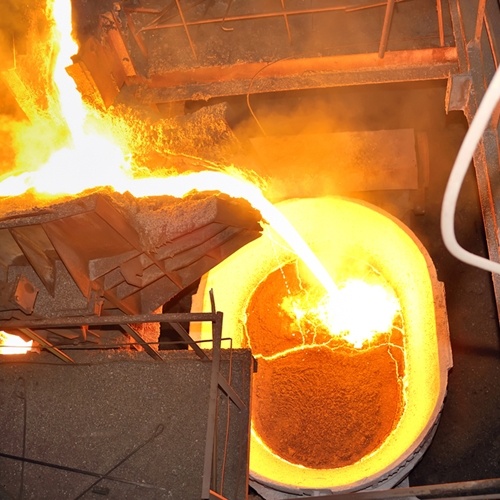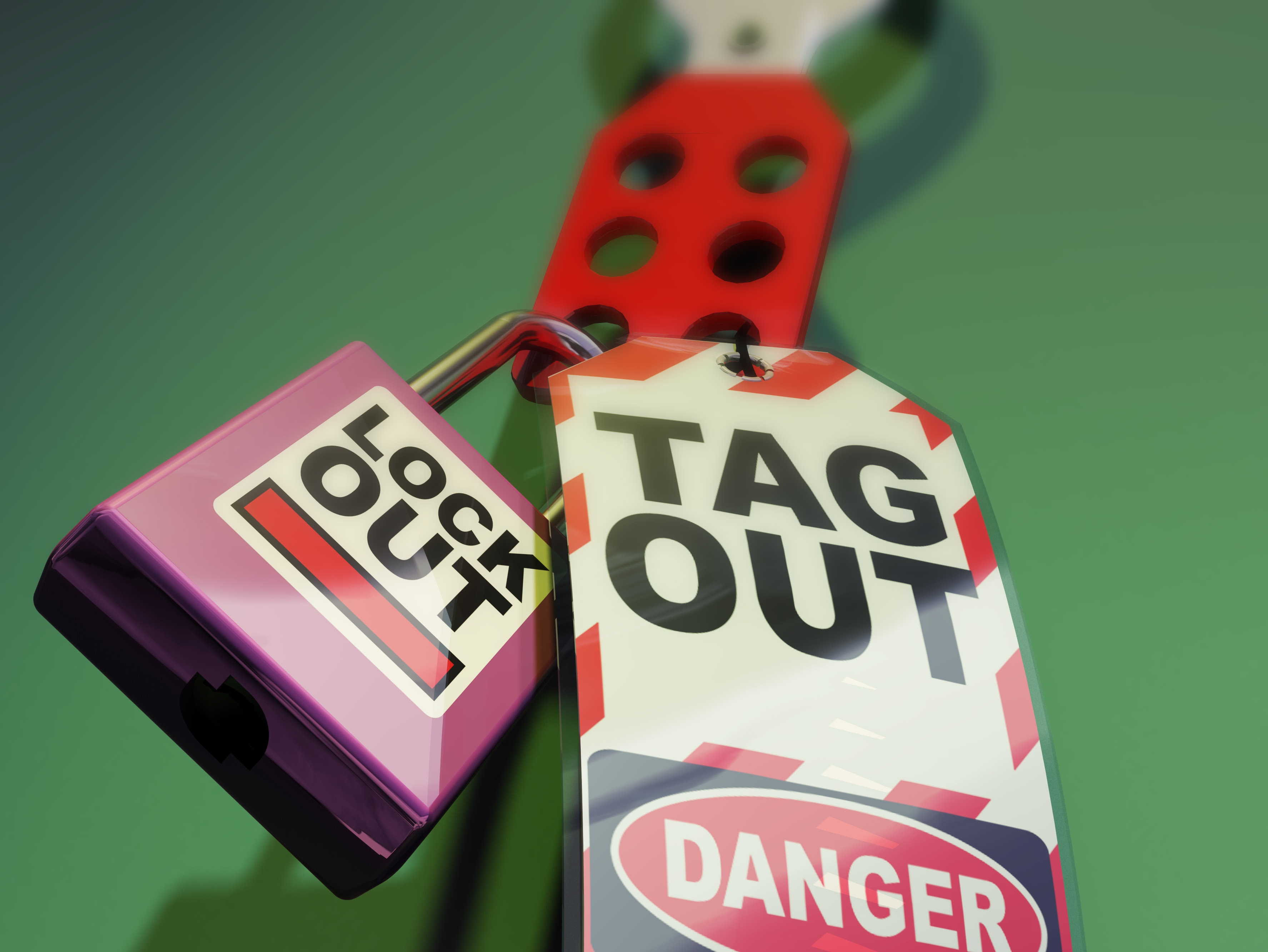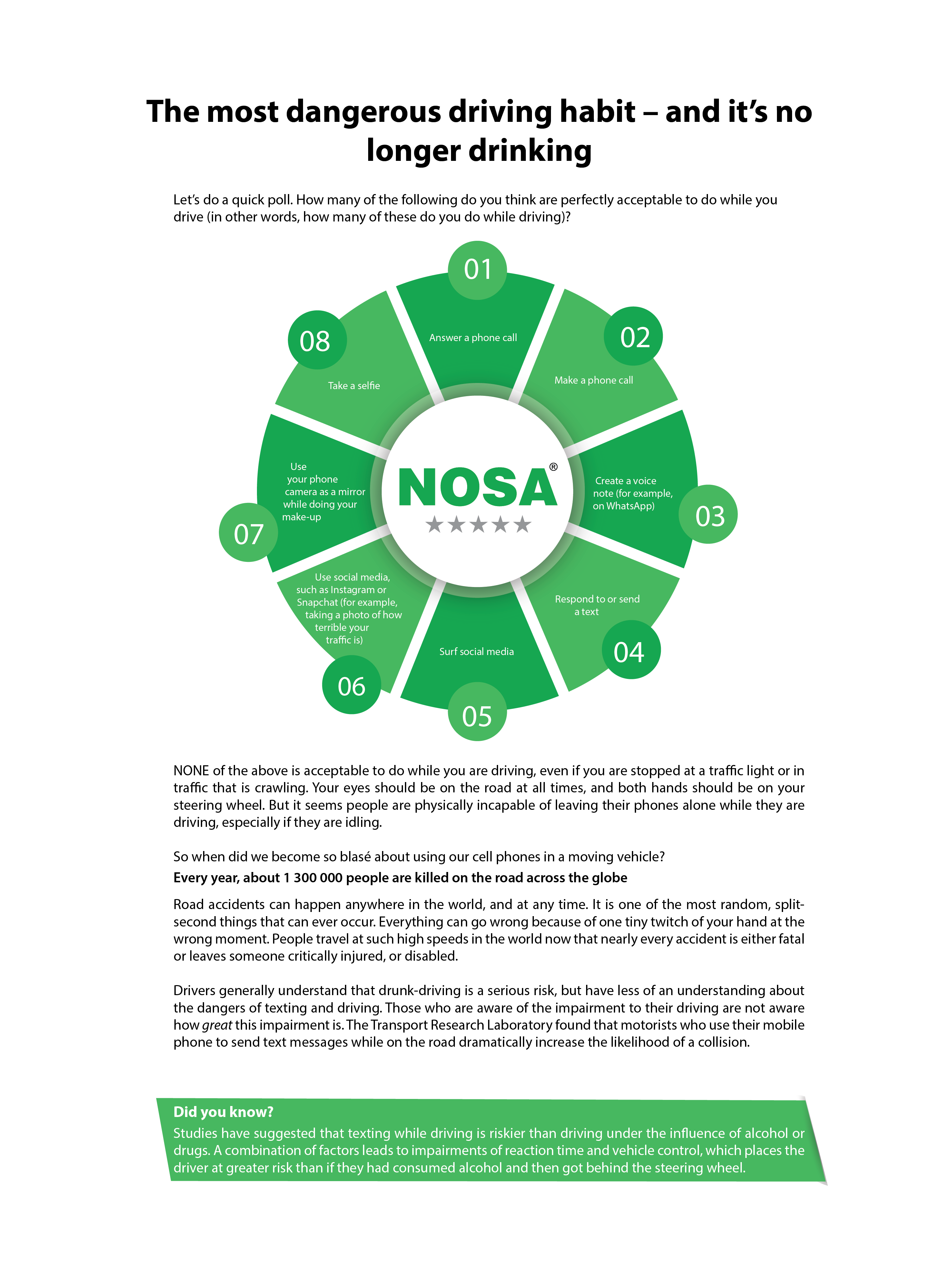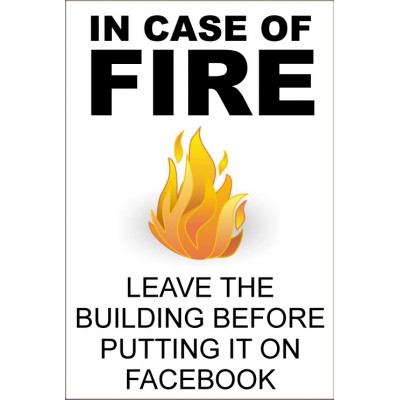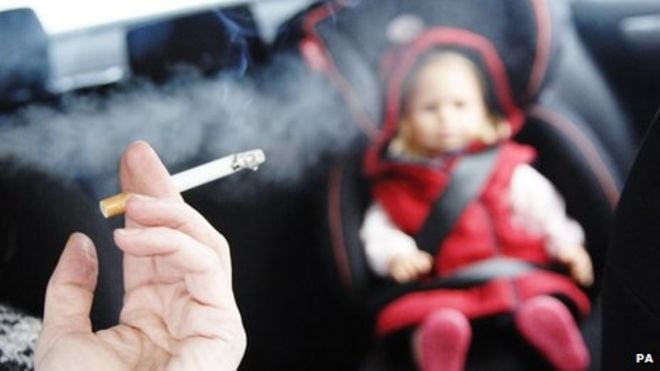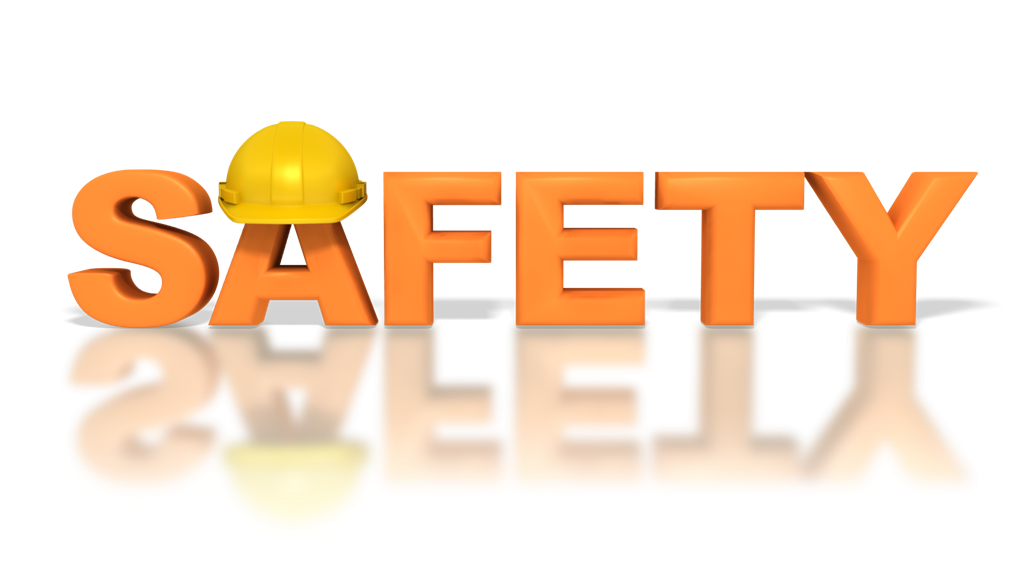For a chemical to harm someone, and affect their health negatively, it must first come into contact or enter the body. It must also have some biological effect on the body.
4 entry routes of toxins and hazardous chemical substances
Topics: Occupational Health and Safety, Safety, Environmental hazards, Hazardous chemical substances, Exposure
Point of fact – there are only hard HSE questions if you don’t have an answer for them. And this is not advisable when your actions (or inactions) can lead to injury or loss of life. Have a look at the following sample list of ‘hard’ HSE questions. If your answers resemble the solutions we have provided, then every HSE question will more than likely have an easy answer. Simple.
Topics: Occupational Health and Safety, HSE, Safety, HSE best practice, Safety training
The last few of our blogs have made it clear that there is a positive case for utilising social media in your efforts to promote and maintain a safe working environment. We always like to offer a balanced approach to every argument, which is why today we take a look at the 11 potential risks associated with using social media in the workplace.
Topics: Risk management, Safety, HSE best practice, Safety training, HSE training, risk, HSE and social media
The most dangerous driving habit – and it’s no longer drinking
Topics: Occupational Health and Safety, Safety, Safety training, driving safety
#CapeStorm: Here’s how to stay safe, no matter where you are
Today Cape Town residents are ‘battening down the hatches’ as a massive storm has hit the area, with roofs being blown off dwellings, roads closed and trees uprooted. A number of people have already been displaced, with residents doing their best to stay warm and dry, and working together to help those in need.
Topics: HSE, road safety, Safety, HSE best practice
Most occupational health and safety legislation requires employers to provide training to employees that enables them to perform their work in a manner that is safe and without risks to their health and safety. We all recognise the value and benefit of workforce training – it makes workers more efficient by increasing production, revenue, and profits while decreasing costs, waste, and inefficiencies. Effective training can lead to increased compliance with regulations. It can even lead to a happier, more satisfied workforce, which in turn reduces turnover and costly on-boarding. But it needs to be done properly and effectively – you cannot blaze forth with half-formed plans and vague ideas of how to proceed.
Topics: Occupational Health and Safety, Safety, Safety training
| We should always, always take safety seriously, but safety information can be both informative and entertaining. Now that we’ve got your attention, take a look at these nine safety facts that seem crazy, but are in fact 100% true. |
Topics: work safety, Occupational Health and Safety, Safety
We had such a positive response to our vaping article, we thought we’d cover smoking in a little more depth. As we all know, South Africa has some of the most stringent laws related to smoking that sometimes it might feel that you’ve just wrapped your head around one regulation, when you’re confronted with yet another legal ruling you weren’t aware existed. Often, the best way to handle this is to scale back to the basics, and work your way from there. Today, we bring you 10 of the most important smoking laws you need to pay attention to. But first – a little history…
Topics: Safety, HSE best practice, Smoking
Why it’s essential to carry your HSE training outside of the workplace
We’ve said it before – training doesn’t stop at the boundary wall of where you work. Safety is an attitude, a way of life. This means that how you observe safety is constant, and just as important when you are at home prepping dinner for your family, or travelling on the road, as it is when you are, say, operating a forklift machine on the factory floor. Apart from anything else, constant and consistent observance means you’ll get into the habit of practising safety, and eventually it’ll be second nature, and not something you have to consciously work at. Today, while you take your well-deserved break from work, it doesn't mean your vigilance when it comes to safety is on leave too.
For many companies, we’re fast approaching financial year end. This is the time to review what remains in our budgets and find ways to spend what remains in a way that is responsible and productive, while avoiding wasteful expenditure that can harm your bottom line.

